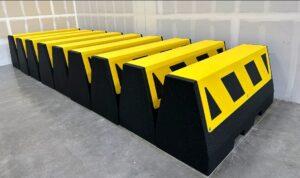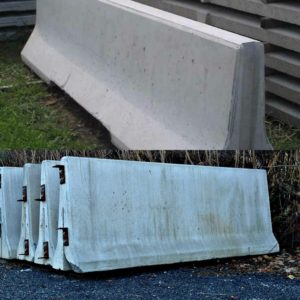Oceanic reefs play a critical role in maintaining the health of the ocean. However, coral reefs are in decline due to a number of factors, most prevalently human interference. In many cases, the economy and culture of coastal communities is tied to activities that put reefs at risk. Artificial coral reefs can help preserve this way of life while also protecting marine life.
Why Artificial Coral Reefs?
Reefs are an important part of the marine ecosystem. When formed naturally, meaning from sand and pockets of rock, the reef lies on the ocean’s continental shelf. Reefs are a bastion of activity for sea animals, mostly owing to the fact that they provide shelter. For humans, reefs protect the coastline from storms and erosion.
With natural reefs in danger, artificial coral reefs play an important role in helping preserve both marine and mainland ways of life. They create whole systems in places that would be otherwise barren, providing no protection for fish and other sea animals. The effect wouldn’t stop there, though. Communities that rely on their marine attractions to draw in tourism dollars, not to mention food, would suffer.
Enter concrete barriers. Without these artificial reefs, whole ecosystems would be lost.
Concrete Creates the Best Artificial Reef
While concrete is not the only material used to create artificial reefs, it is the most reliable. For one, it will not rust like steel. As it turns out, concrete comes the closest to recreating the composition of natural reef formations. The ingredients to concrete are simple and clean, making it the clear winner for mimicking natural limestone.
Concrete is also durable, which is an incredibly important quality underwater. The constant shifting of the water and other movements won’t cause it to degrade.
Additionally, concrete is something of a CO2 sponge, in that it both absorbs and releases CO2. Cement solidifies and reacts with the CO2 found in the sea’s natural atmosphere. This can form the same sort of lime commonly found in accumulations in the bathroom.

Introducing Concrete to the Ocean
The process of integrating concrete into the ocean is more involved than simply putting the concrete where the reef used to be and hoping for the best. Concrete must first be thoroughly cleaned and then inspected to make sure no contaminants are introduced to the water. With the preservation of ocean life the primary goal of artificial reefs, manufacturers and scientists alike are vigilant to avoid pollution.
The placement of the concrete reef is also important. Specialists will research the terrain to determine the most optimal and nonintrusive placement. Once everything is decided, the pieces are transferred to a barge equipped with heavy machinery to help offload the concrete in the designated place.
Even after placement is complete, the task isn’t over. Marine scientists will perform periodic check-ins to ensure the new habitat is performing as it should.
It’s possible for artificial concrete reefs to play a part in repopulating natural coral reefs as well. Coral seedlings have demonstrated that they can grow on concrete in lab settings. These seedlings can then be transferred to underwater concrete barriers to continue to grow.

Concrete Reefs Protect the Environment
Concrete allows vulnerable ocean life to thrive by preserving entire ecosystems. Many of these reefs are constructed using recycled concrete, helping minimize waste while boosting natural processes relied upon by billions. Concrete can literally keep the economy moving, particularly in coastal communities, all the while doing its part to protect the environment.
At 48 Barriers, we are eager to help do our part to promote a healthier environment. Contact us to learn more about how our sustainable, cost-effective products can help protect our oceans.





